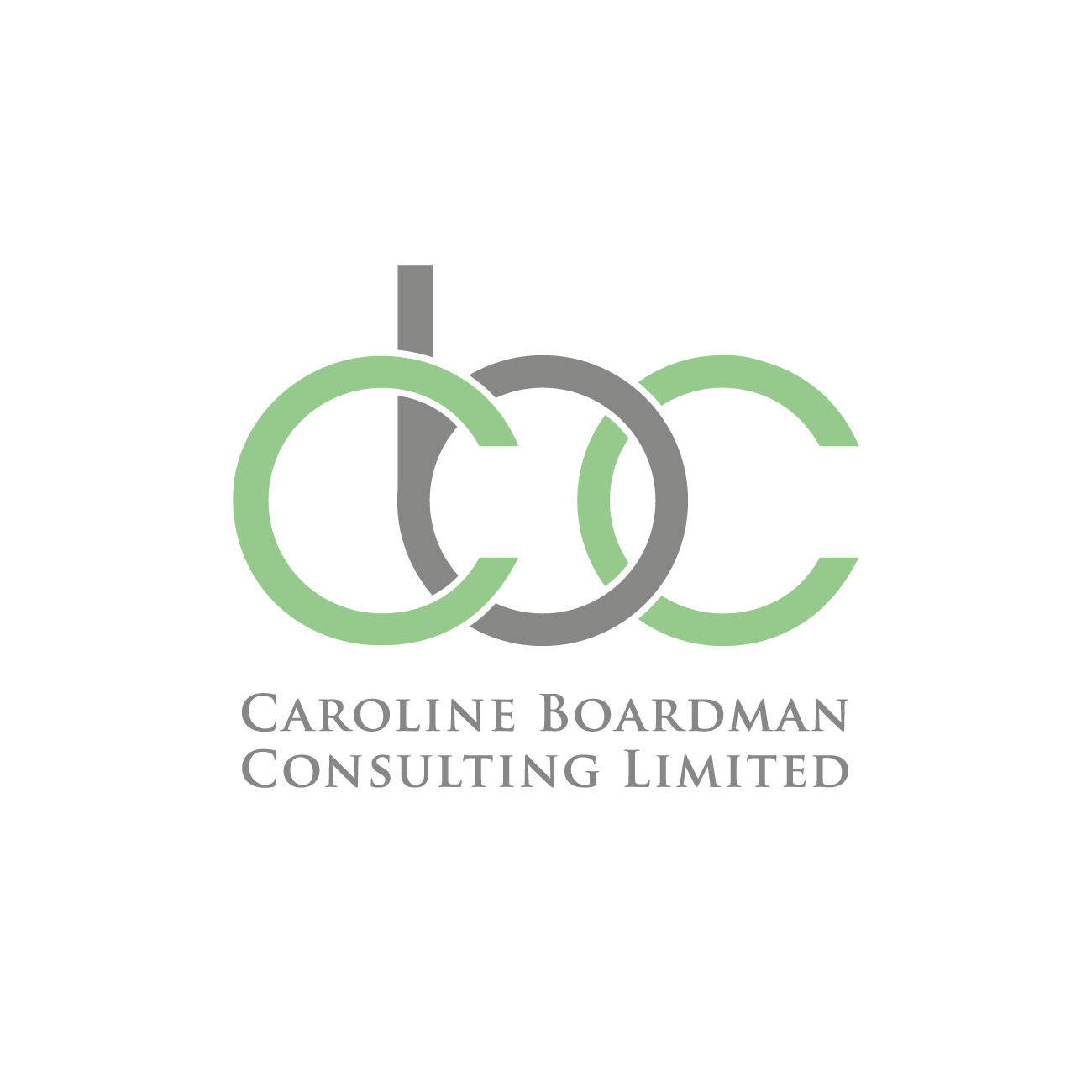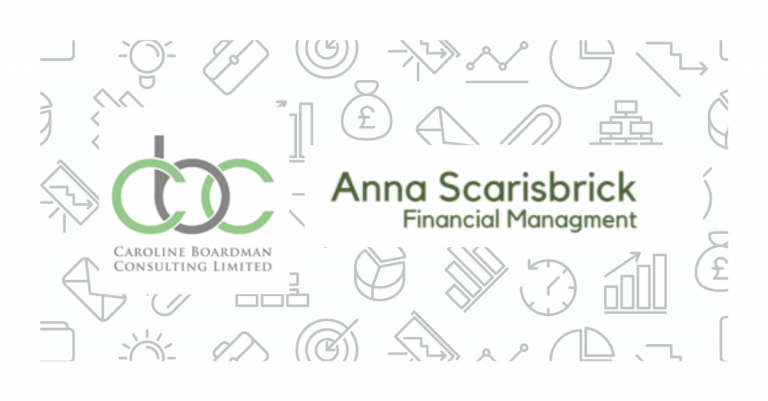I know it can sometimes feel like getting lost in a maze when trying to navigate the tax system when you are self-employed, even more so when you have employment in the mix too. I hope these 7 quick tips help.
1. If you are using up your whole personal allowance in your employed role and you are a sole trader, you will pay 20% tax and 9% NI on all of your self-employed profits. You will need to complete employed and self employed sections of your tax return.
If you really want to, you can ask HMRC to split your tax code between the employed and self employed work so that you pay more tax in your employment through PAYE. This is effectively a way of saving up for your final tax bill.
2. If you are trading through a Limited Company for your side hustle, tax on all corporation tax profits will be 19% and dividend tax 7.5% (so there will be a slight tax saving here but watch out for higher accountancy fees cancelling this outperform, before you make this decision… there is much more to do for Limited Company clients and so accountant’s fees are higher).
3. Save for your tax bill as you go. Depending on various specifics of your business, I always suggest to my clients that they save between 15% and 25% of ALL INCOME as you go… this may result in over saving but if that’s the case then wahey! Bonus time for you in January… and what a great time of year to get a bonus, hey?
4. Don’t forget about the payment on account! This is a biggie in your first year.
See my full article about this here:- What is HMRC’s payment on account for self-assessment?
5. If you really can’t afford to pay your tax bill, there is always an option, if your bill is less than £30,000, to pay in instalments with the “Help to pay” scheme.
See more about this from HMRC here: “If you cannot pay your tax bill on time – GOV.UK”
6. There is an option to pay your self-employed tax through your tax code if you are employed as well as self-employed as long as you owe less than £3,000 on your tax bill. You will not be able to pay your tax bill through your PAYE tax code if you do not have enough PAYE income for HMRC to collect it.
7. Remember that you can file your tax return any time between 6th April and 31st January. January is the deadline date for filing AND paying. You will have to wait for the P60 and P11d from your employed role before filing your tax return so you may need to wait until July time (employers have until 31st May to send your P60 to you and until 6th July).
See my full article about this here: 5 reasons to file your tax return early – Caroline Boardman Consulting
I hope that was useful and if you want to talk specifically about your individual situation, you can access my calendar and book a one off 1:1 consultation here. There’s usually a bit of a wait so make sure you book in advance…



